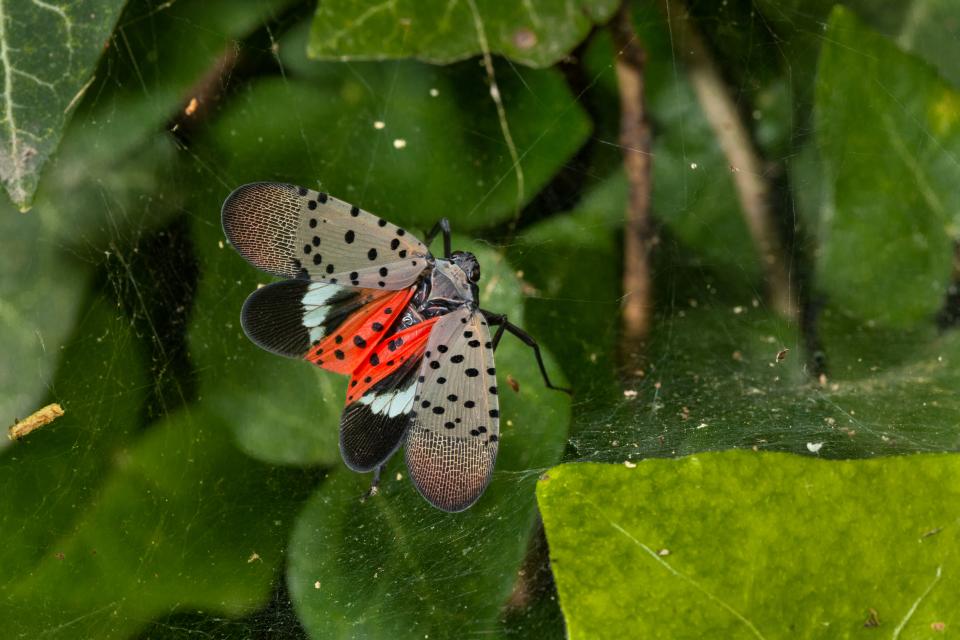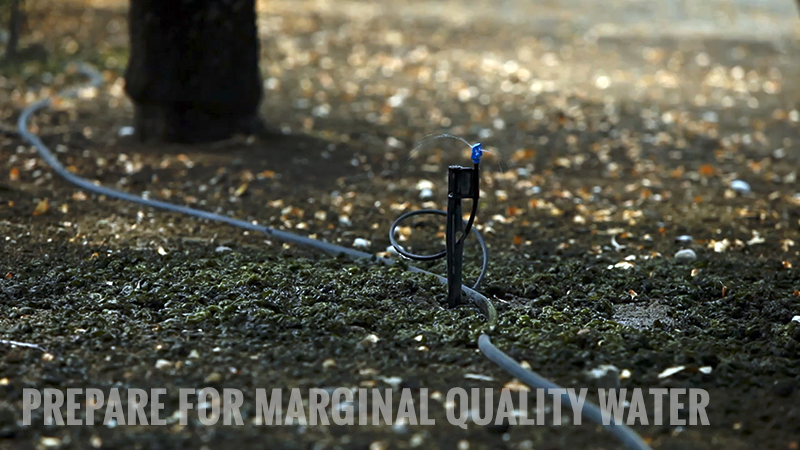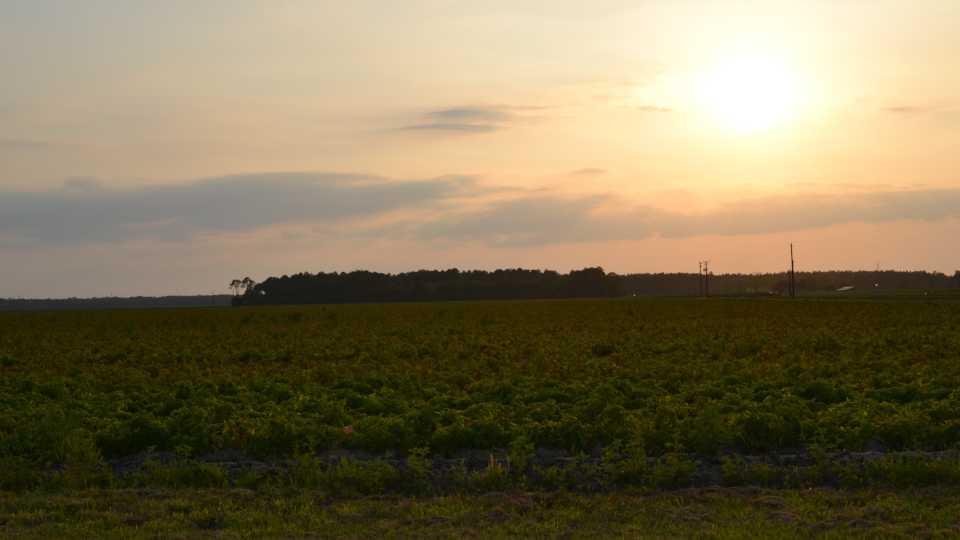Mix of Science and Technology Tasked To Take on Tar Spot in Corn
For more than a century, tar spot disease in corn kept its distance from the U.S., biding its time. That ended in 2015 when the fungal malady was first reported and confirmed in both Indiana and Illinois. It has spread since, posing a challenge to growers.
Where did the disease come from, via what pathway, and how different is the pathogen in other countries compared to the U.S.? “Maybe we don’t have those populations here yet, and they could potentially be much more damaging than the ones currently present,” says C.D. Cruz, Associate Professor of botany and plant pathology at Purdue University.
Cruz and his associates are applying a mix of statistics, data science, epidemiology, microbiology, artificial intelligence, computer vision, and continual stakeholder feedback to better understand the dynamics of tar spot in corn. Their work is funded by two grants totaling nearly $1.1 million from the USDA National Institute of Food and Agriculture.
Deploying these methods of high-tech data collection and analysis could make a vital mass of corn pathology information more widely and rapidly available. “There are opportunities in integrating AI-based digital technologies and point-of-care diagnostics that can provide rapid and accurate information for stakeholders,” Cruz says.
In previous efforts, Cruz and colleagues developed a digital method for quantifying tar spot in corn. They tested their stromata contouring detection algorithm (SCDA) under field conditions against human raters. They successfully quantified trends, and their results appeared in a 2021 paper published in the journal Frontiers in Plant Science.
Earlier this year, Cruz’s team conducted a similar experiment with SCDA 2.0, again with promising results, but some inaccuracies persist in fully automated scenarios. “We’re refining our training methods to significantly improve the model’s accuracy and performance,” he adds.
Another research effort includes the laboratory of Purdue Associate Professor Mohammad Jahanshahi. He and Cruz, together with the help of others, published the results of their first collaboration in 2021, a special blend of agriculture with engineering that focused on another high-profile fungal disease called wheat blast. The developed model detected and classified images of disease symptoms within two seconds.
Together they are educating the next generation of problem solvers, Jahanshahi says. “Whether you’re working on civil infrastructure health monitoring or agricultural disease epidemiology, you can have a profound impact not only on humans but also on the environment.”
For more, continue reading at ag.purdue.edu.









